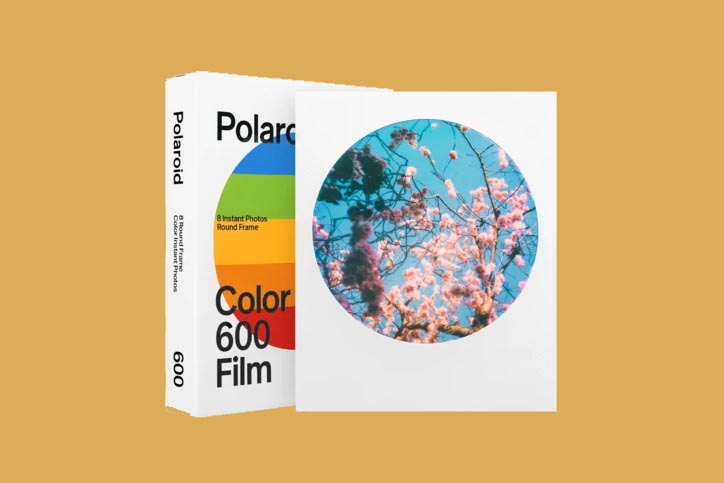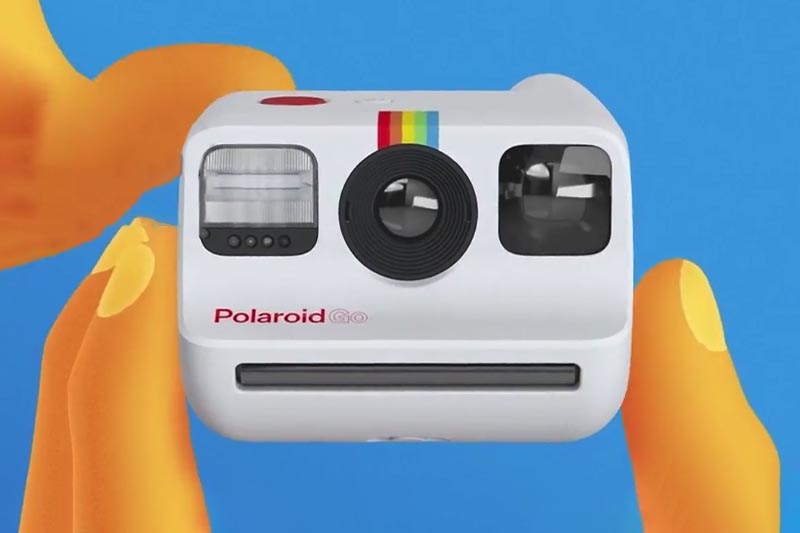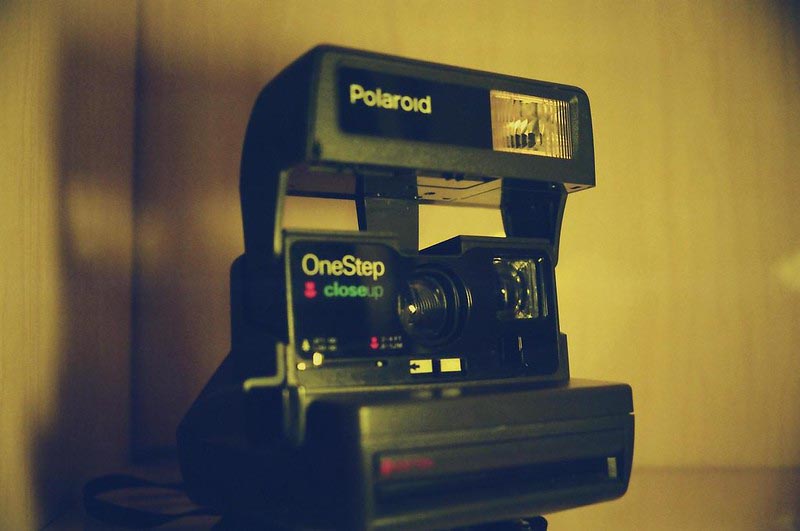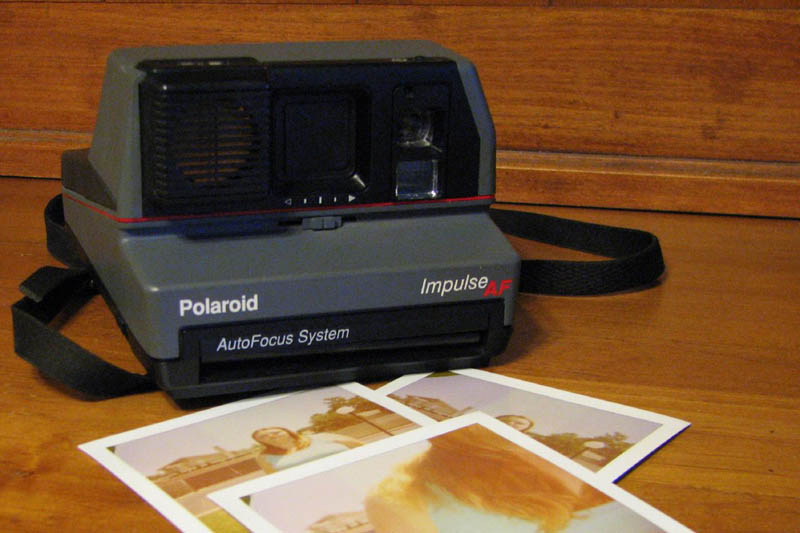Polaroid Film: Everything you need to know in 2024
Last Updated on December 26, 2023


Shooting with a Polaroid or an instant camera can be fascinating. But as you go deeper into this world of photography, sooner or later you will find yourself with questions that are not easy to find the answers to, especially in this 2024 that is already proving that shooting with Polaroid is very fashionable, but the most who are just starting out have many doubts.
Table of Contents
What Polaroid Film Do I Need?
To determine the film your Polaroid camera needs, simply refer to the table below, which contains a full list of Polaroid cameras that currently have a film supply. Locate which group your camera belongs to (if listed).
| 600 Film | SX-70 Film | i-Tipe Film | Go Film |
|---|---|---|---|
| 600 AF | 1000 | OneStep 2 | Polaroid Go |
| 600 Extreme | 1000 S | Polaroid Now | |
| 600 LMS | 1500 | Instant Lab | |
| 630 Lightmixer | 2000 | ||
| 636 Autofocus | 3000 | ||
| 636 Close-up | 3500 | ||
| 636 Double Exposure | 4000 | ||
| 636 Talking Camera | 500 | ||
| 640 | Encore! | ||
| 66/6 Pinhole | Instant 1000 | ||
| 660 Autofocus | Instant 1000 DeLuxe | ||
| Amigo 610 | OneStep | ||
| Amigo 620 | OneStep Plus | ||
| Barbie | Presto! | ||
| Business Edition 600 | Pronto! | ||
| Cool Cam | Pronto! B | ||
| I-1 | Pronto! Extra | ||
| Impulse | Pronto! Plus | ||
| Impulse AF | Pronto! RF | ||
| Impulse QPS | Pronto! S | ||
| Instant Lab | Pronto! SM | ||
| Llightmixer 660 AF | Pronto! Sonar OneStep | ||
| One 600 | Revue Sonar Autofocus 5005 | ||
| One 600 Classic | Sonar AutoFocus 5000 | ||
| One 600 JobPro | Super Clincher | ||
| One 600 Pro | Supercolor 1000 | ||
| OneStep 600 | Supercolor 1000 DeLuxe | ||
| OneStep AF | Supercolor AutoFocus | ||
| OneStep Express | Supercolor AutoFocus 3500 | ||
| Polaroid® P | SX-70 | ||
| Pronto 600 | SX-70 Alpha 1 | ||
| Quick 610 | SX-70 Alpha 1 Executive | ||
| SLR 680 | SX-70 Alpha 1 Model 2 | ||
| SLR 680 SE | SX-70 Executive | ||
| SLR 690 | SX-70 Model 2 | ||
| SpiceCam | SX-70 Model 3 | ||
| Spirit | SX-70 Polasonic AutoFocus MODEL 2 | ||
| Spirit 600 | SX-70 Sonar OneStep | ||
| Spirit 600 CL | SX-70 Supercolor Autofocus Model 2 | ||
| Sun 600 | The Button | ||
| Sun 650 | TimeZero OneStep | ||
| Sun 660 | TimeZero Pronto AF | ||
| Supercolor 600 | TimeZero SX-70 AutoFocus | ||
| Supercolor 635 CL | TimeZero SX-70 AutoFocus Model 2 | ||
| Supercolor 635 LM Program | |||
| Supercolor 645 CL | |||
| Supercolor 670 AF | |||
| Taz |
What Polaroid Film Is Still Available?
Basically, you can find 5 types of Polaroid film in the market, some of them can only be found in certain moments or seasons:
600 FIlm
Like the Polaroid cameras of the 80s and 90s, the 600 film seduced more than one. 600 film is the most popular film for Polaroid cameras, each package contains a small battery and 8 frames.
SX-70 Film
The SX-70 camera is a bit different from other Polaroid cameras. That’s why it has its own film with a lower sensitivity than other “Polaroid Originals” films. Thanks to its manual settings and versatility, the SX-70 is very popular among artists, creators, people who like to touch aesthetics. Just remember to always shoot with enough light, natural light.
Go Film
This film is a dual pack and is designed for Polaroid’s new instant camera, the Polaroid Go. The film has an ISO of 640 and its development is between 10 to 15 minutes.
i-Type Film
Color film containing 8 photographs to be taken. This Polaroid i-type instant film does not contain a battery and is for use exclusively with the Impossible I-1 or Impossible Instant Lab camera and the Polaroid One Step 2.
8×10 Film
It is a large format film, it is used in large format viewing cameras. It replaces the photographic glass plates that were used until the 1960’s. Its large size provides an impressive amount of information.
What Size Is Polaroid Film?
In the 600, SX-70 and i-type frames, the size is the same, but we will see that the sizes of the rest of the Polaroid frames will be different:
| 600 Type | SX-70 Type | I-Type | Go Type | 8×10 type | |
| Image Size | 3.10 × 3.02 In | 3.10 × 3.02 In | 3.10 × 3.02 In | 1.85 × 1.81 In | 7.99 x 10.00 In |
| Total Area | 4.23 x 3.48 In | 4.23 x 3.48 In | 4.23 x 3.48 In | 2.12 x 2.61 In | 8.43 x 12.80 In |
Why Polaroid Film Is So Expensive?
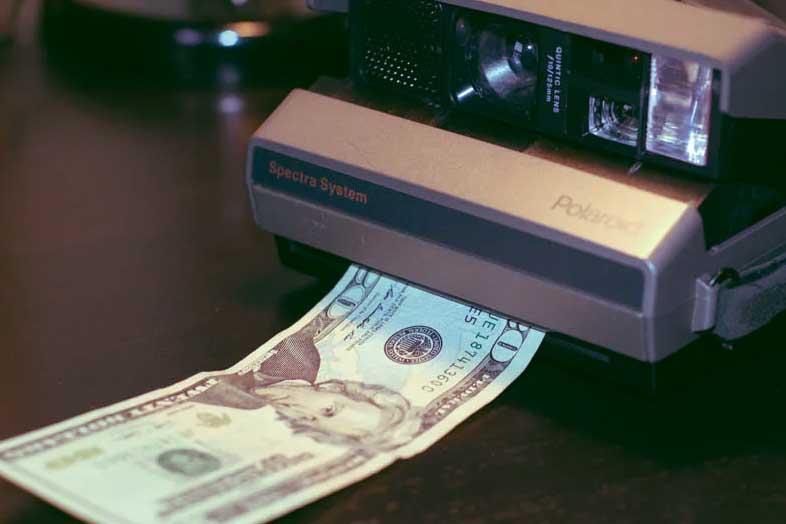
One of the main reasons Polaroid film is expensive has to do with the infrastructure behind its production. Today the demand for Polaroid film is very small compared to 30 years ago.
And yet the way of producing it has not changed too much, many complex steps are still required in the chain, in addition to the fact that in the process the components that make the production of the film possible have had to be modified, which in previous years did not count with restrictions that these components have today.
So guaranteeing a stable production that meets demand, and that is also profitable in the long and short term, requires an extra cost. But this problem not only has to do with the Polaroid film, but with the production of the film in general (35mm, 120 format, etc).
Where To Buy Polaroid Film Cheap?
The best ways to find cheap Polaroid film are through garage sales, thrift stores, or places where you can buy film in bulk.
In other words, a bit of good luck and hanging around the local stores in your city would be the best way to achieve it.
It is possible to buy online through eBay, but you will have to buy them in quantity and knowing in advance that they may be expired and have not been stored in a proper way. In some cases the seller may indicate that it has been well stored and refrigerated, but this may increase the price of the supply.
In any of the cases you will have to face the fact that although they are somewhat cheaper than buying them new on Amazon, the quality of the result may end up being something “experimental” to put it in some way.
How Polaroid Film Works?
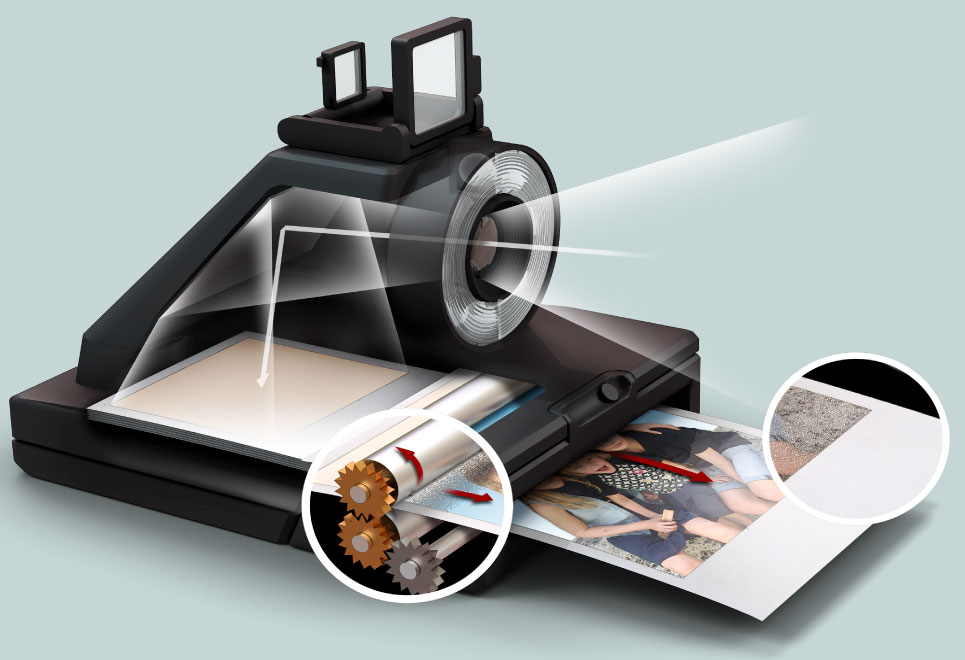
In the beginning, instant photography did not yet have the form we know today. Originally designed in sepia (Type 40), later black and white (Type 41), Polaroid instant photography is a roll film system called Peel-Apart, a film that combines a negative and a positive stored on two independent reels. housed within the device.
Once exposed, the positive/negative assembly is removed from the device, then pressed and crushed between two rollers. The system allows the chemical components included in a tank located between the two surfaces of the negative and the positive to be crushed and evenly distributed.
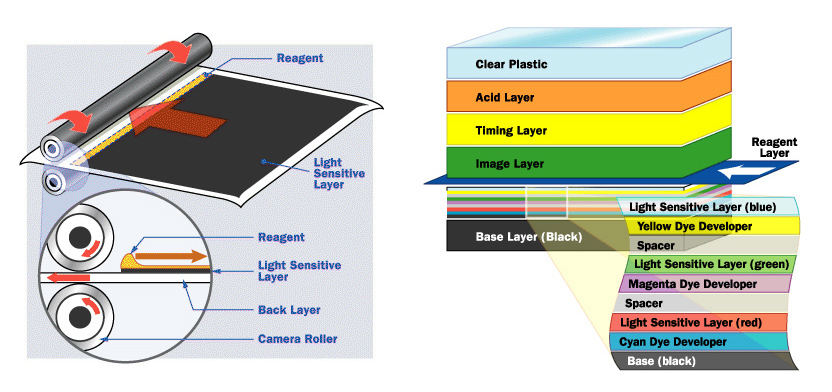
The final photograph then appears on the positive after separation from the negative. Polaroid will develop 18 types of roll film from 1948 to 1992, with a variation on a sheet film system for professionals using cameras in 4×5 and 8×10 formats.
It will follow the Filmpack system (1963) popularized with the Type 100. The concept is both simple and ingenious: a box contains 10 photos whose negative/positive/chemical sets are separated by a spring and tabs. Developing is done by first pulling the white tab that positions the exposed negative in front of the positive receiving image sheet.
Then you have to pull a second (yellow) tab, attached to the chemistry, which sandwiches between the two pressure rollers, then out of the device, distributing the chemistry between the negative and positive and launching the developing process. After the action of the chemistry (a few minutes…), it is enough to separate the positive from the negative to reveal the final image.
Introduced with the Polaroid SX 70 camera and popularized with the Polaroid 60, full-process instant film is arguably the most famous instant film of all. Squared and edged in white (78 x 80 mm in a usable 89 x 108 mm format), the Integral film inherits the “sealed box” concept of the Filmpack, but this time it does not require user intervention for its development.
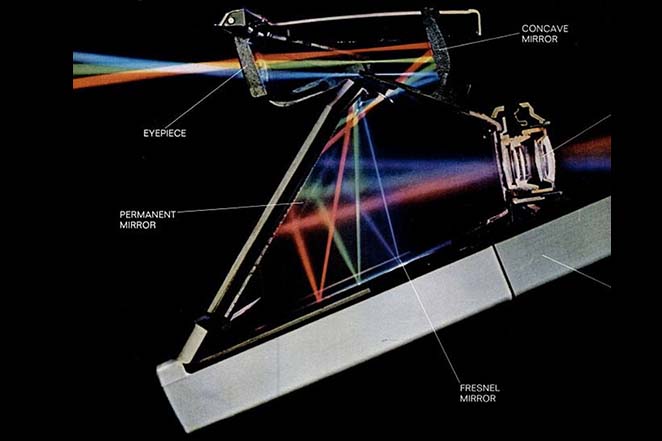
The photos obtained are of a hard surface, they are sealed on the support from which they are inseparable. This time there is no waste, nothing to separate, unlike the Filmpack. The final image ejects and develops on its own, with no duration control.
The color image is formed practically in 4 min. Polaroid Integral film, with a sensitivity of the order of ISO 100, consists of two main elements: the negative and the positive. Metallic dyes are contained in the negative that will migrate to the positive during development to form the color image.
On one side of the film is the flat capsule that contains the three chemical agents (alkaline solution, opacifier, titanium dioxide) necessary for development. Intimately linked, the negative and the positive will never be separated. The exposure of the film is done through the positive film which is completely transparent at the time of exposure, which explains the presence of the mirror inside the cameras that use this film.
How Long Does Polaroid Film tAKE To Develop?
It is estimated that the development time of the Polaroid photo is about 15 minutes. Therefore, these minutes are crucial for the quality of the photo and the intervention of the emulsion.
How Polaroid Film Is Made?
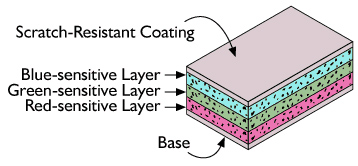
Polaroid Integral film, with a sensitivity of ISO 100, consists of two main elements: the negative and the positive. Metallic dyes are contained in the negative that will migrate to the positive during development to form the color image.
On one side of the film is the flat capsule that contains the three chemical agents (alkaline solution, opacifier, titanium dioxide) necessary for development. Intimately linked, the negative and the positive will never be separated.
The exposure of the film is done through the positive film which is completely transparent at the time of exposure, which explains the presence of the mirror inside the cameras that use this film.
What Happens When Polaroid Film Expired?

by Azzari Jarrett
When Polaroid film is opened, the consumption period is generally one year. It is advised to use it within one month of opening. Beyond that, colors can be altered or overexposed, which will give clearer photos.
The emulsion may also deteriorate and droplets may appear on the Polaroid photo. This can give some photographers a unique and artistic side to their shot.
For Polaroid film, it is recommended to store the film at a temperature between 15 and 20°C. The most important fact is that there should be no sudden changes in temperature.
Are Polaroid Film Waterproof?
Polaroid film is not waterproof, chemicals can be exposed to moisture and spoil. Reactive effects from contact with water will be seen over time either through mildew or accelerated discoloration of the image.
What To Do When Polaroid Film Is Stuck?
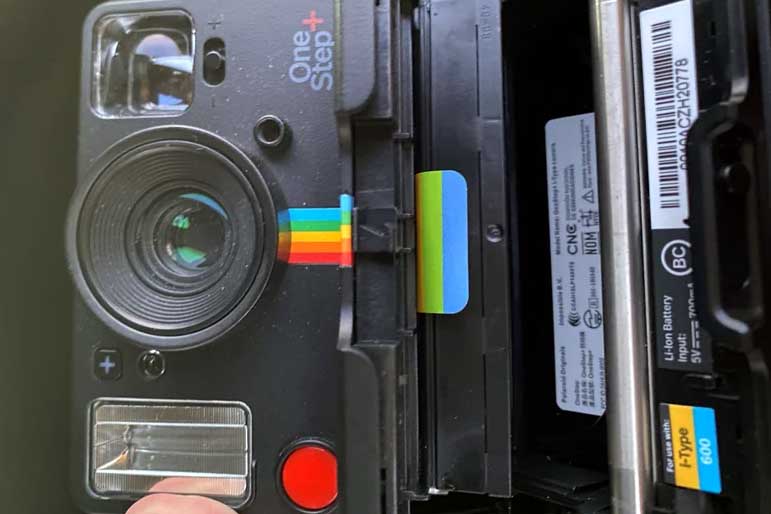
Many times the frame can get stuck between the camera rollers. The way to proceed to solve the problem is as follows.
- First of all you need to turn off the camera.
- Open the camera and remove the frame that got stuck. If you can’t remove the frame, you can go to step 6 and use the proper cleaning method.
- Remove the frame and leave the door open.
- Check the rollers for developer residue and clean them.
- Then try to restart the camera.
- Press and hold the flash override button, then press the fire button.
- The camera will enter roller cleaning mode. Press the fire button to advance the reel positions at least eight times.
- Close the film door.
- The rollers will go into their normal position.
- Insert the film pack and see if the marker indicates that the remaining photos are 8 frames (the total amount of the pack).
- Try to take a photo normally.
If you cannot remove the frame, contact a technician and send it to their technical service.
Film Come Out Blank, Black Or Yellow

This may occurs when the camera door has been opened by mistake when the film was already in position to be exposed. Instant film is light sensitive like any other film, so it must be exposed before it is removed. And the frame should only be removed when it is ejected from the camera.
Why Is My Polaroid Film Not Developing?
If no image is printed on the frame. It can also be due to more factors:
- The film may be very expired or have gone through very sudden temperature variations that caused the chemicals to spoil.
- The flash might not be working and there is very little light in the room.
- Another reason is that the shutter of your Polaroid is not working well, or on the other hand the exposure meter is not enabling the flash to fire.
Why Is My Polaroid Film Yellow?
To understand the phenomenon of tonalities (of the yellow tint among others), that you can get with a Polaroid film, this video explains the importance of ambient temperature and its impact on the result of the exposure in the frame.






